Your Guide to Brewing Teas for Real Wellness (The Right Way)
I’ve spent a long time working with botanicals, and my journey started in the most unassuming place: my grandmother’s kitchen. She had this incredible knack for herbs, teaching me that it wasn’t just about cooking, but about connection. She’d show me how the vibrant color of a chamomile flower or the sharp snap of a fresh ginger root told you everything about its vitality. That hands-on wisdom is the bedrock of everything I do today.
So many people ask me about teas for immune support, especially when everyone starts sniffling. But let’s get one thing straight right away: no single tea is a magic bullet. Real, lasting wellness is a team effort of good sleep, nourishing food, and keeping stress in check. Think of these teas as your trusted allies in that effort—they’re here to support your body’s natural defenses, not replace them.
In this guide, I want to cut through the fluff and share the practical stuff—the kind of real-world knowledge that actually makes a difference. We’ll go beyond just listing herbs and dive into how to prepare them correctly to unlock their full potential.
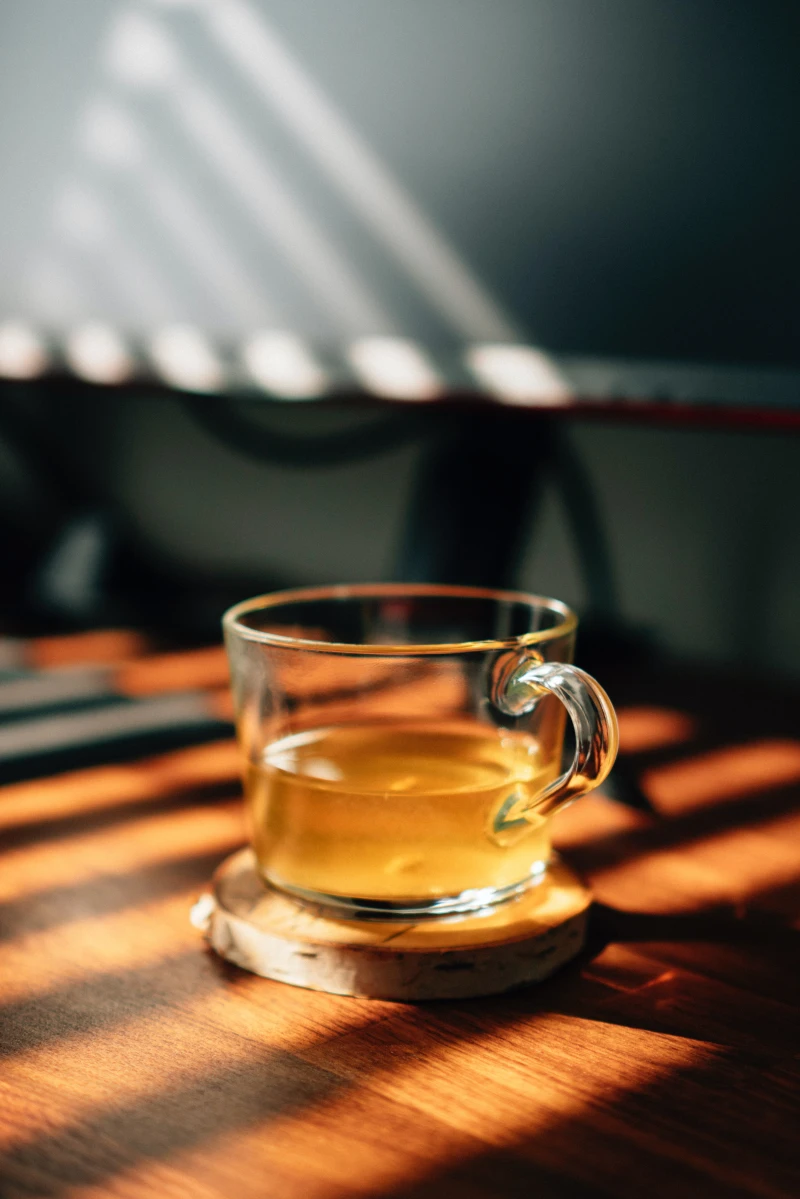
First Things First: Infusion vs. Decoction
Before you even think about boiling water, you need to know the most fundamental rule of herbal prep. Not all plant parts are created equal, and if you treat them the same, you’re literally pouring benefits down the drain. The two main methods are infusions and decoctions.
An infusion is what most of us think of as
Inspiration:
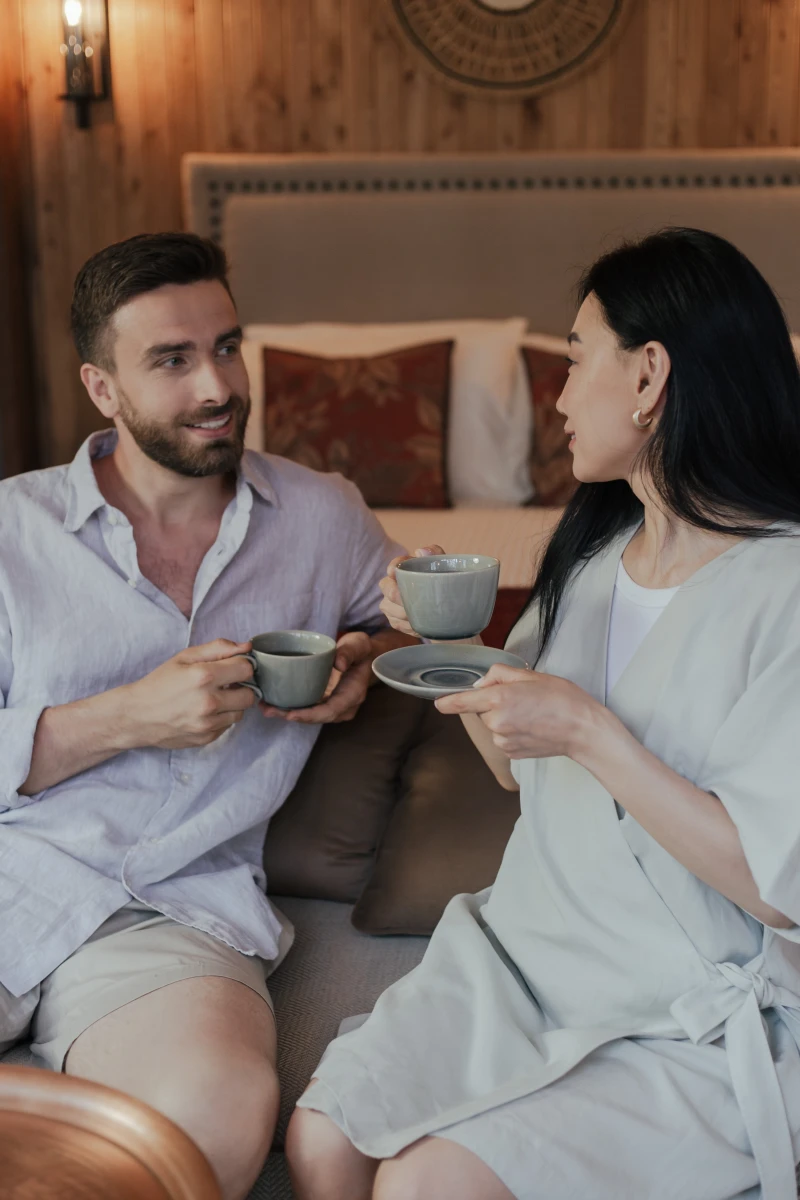

Does the type of strainer I use really matter?
Absolutely. Think of it as giving your herbs room to breathe. A small, cramped tea ball restricts the leaves and roots, leading to a weak, under-extracted brew. A large, basket-style infuser that sits in your mug allows water to circulate freely around the botanicals, unlocking a much fuller flavor and more potent infusion. For decoctions, using a small saucepan and a fine-mesh sieve for pouring is always best.
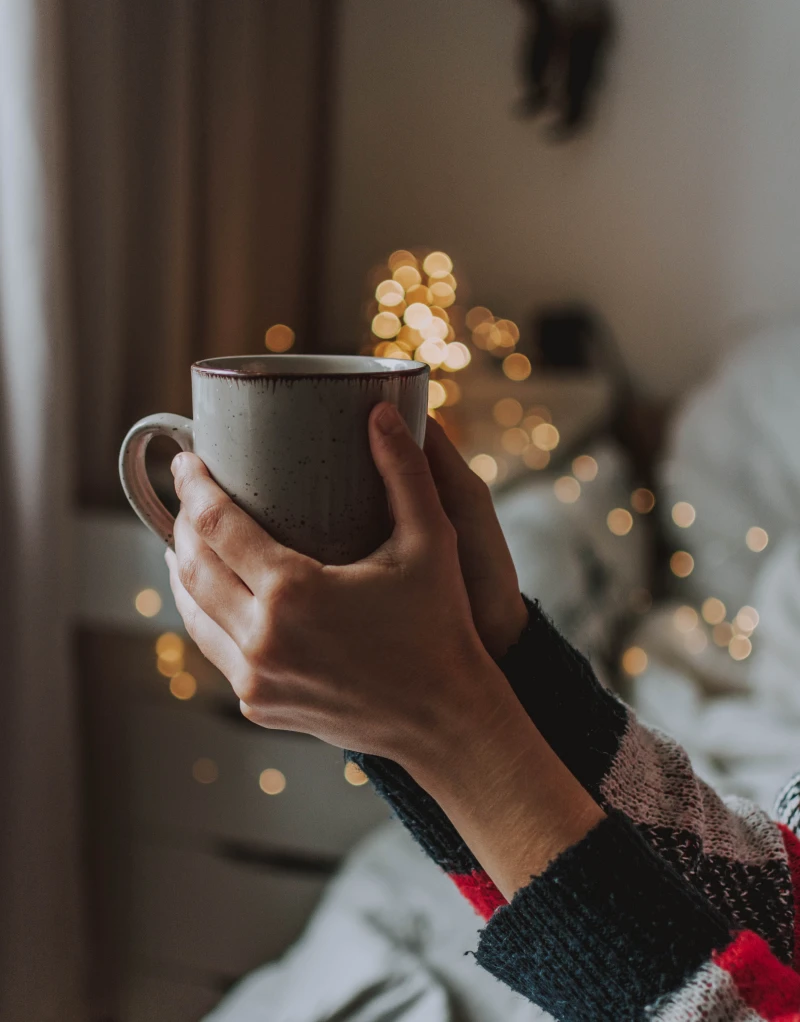
The vessel is part of the ritual: The mug you choose affects the experience. A thick, handmade ceramic mug holds heat longer, perfect for a comforting, slow-sipped decoction of ginger and turmeric. In contrast, a clear glass mug allows you to appreciate the vibrant ruby of a hibiscus infusion or the golden hue of chamomile, connecting the visual beauty with the restorative act of drinking.
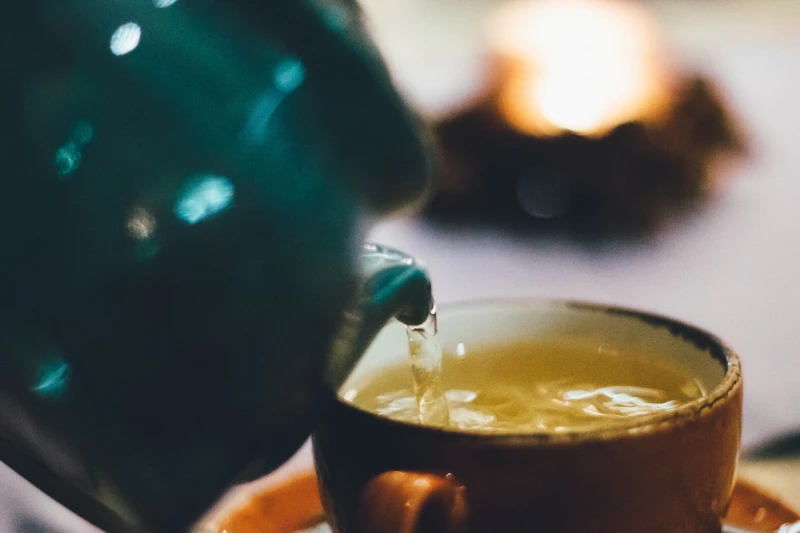
Ready for your first homemade blend? Start with the classic “Calm & Bright” trio. It’s a gentle introduction to the art of herbal synergy. In a small jar, simply combine:
- 2 parts Lemon Balm: For a cheerful, citrusy lift.
- 2 parts Chamomile: The quintessential floral soother.
- 1 part Spearmint: For a touch of refreshing sweetness that ties it all together.
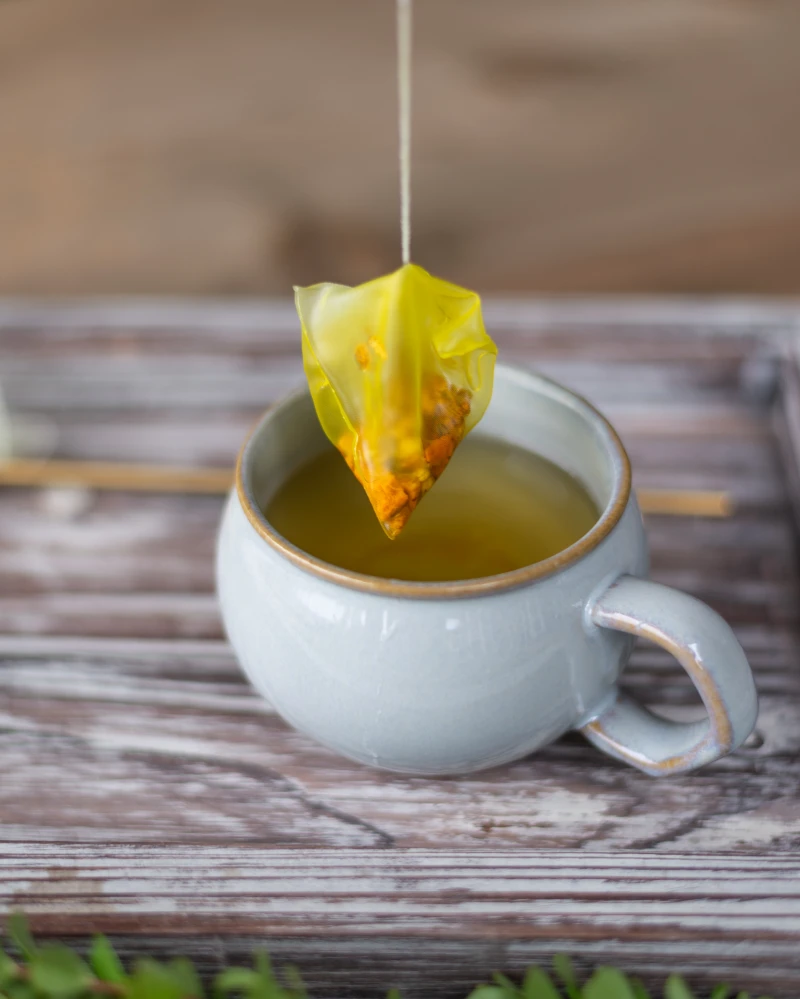
- It preserves the precious volatile oils that give herbs their potency.
- It protects the delicate phytochemicals from degrading due to light exposure.
The secret to keeping your dried herbs vibrant? Store them in airtight, light-proof containers. Amber glass jars or simple metal tins are far superior to clear glass, keeping your botanical allies powerful for up to a year.
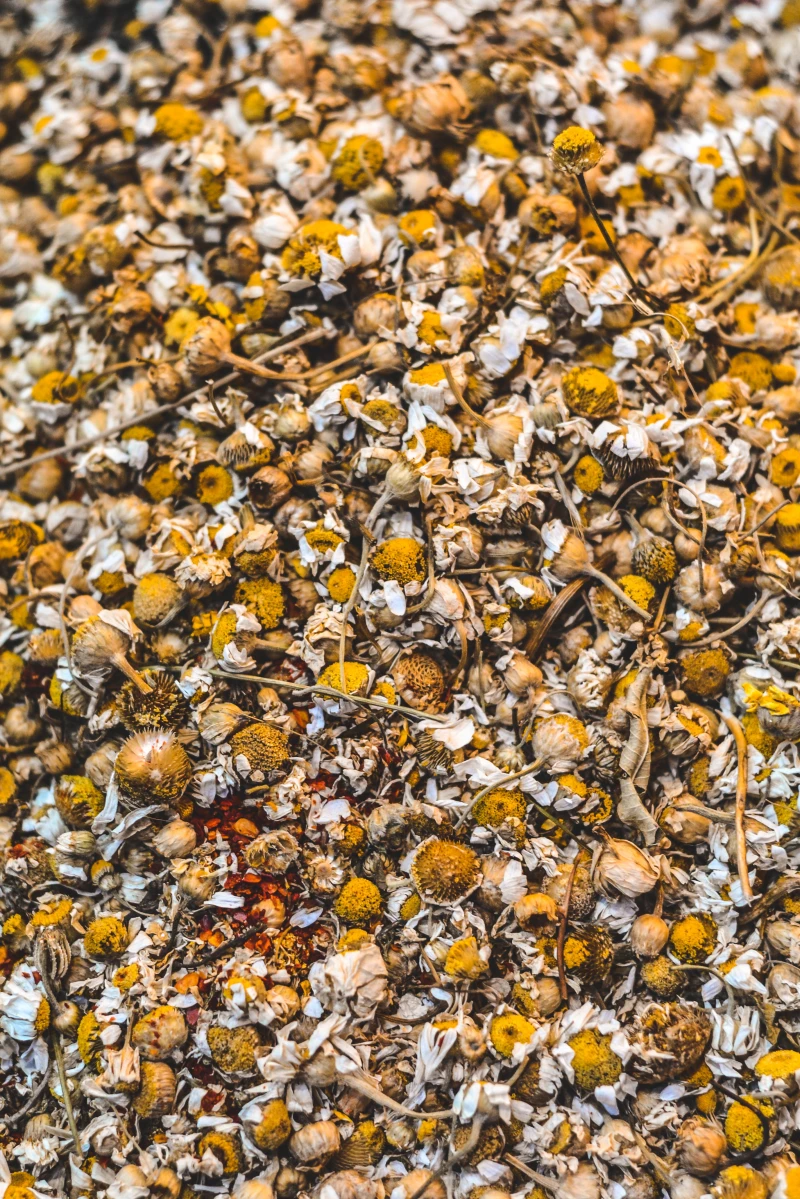
Ginger Root: Don’t bother peeling it! Much of the good stuff is in or just under the skin. Just give it a good scrub, slice it thinly to maximize surface area, and simmer it in a decoction to extract its fiery, warming properties.
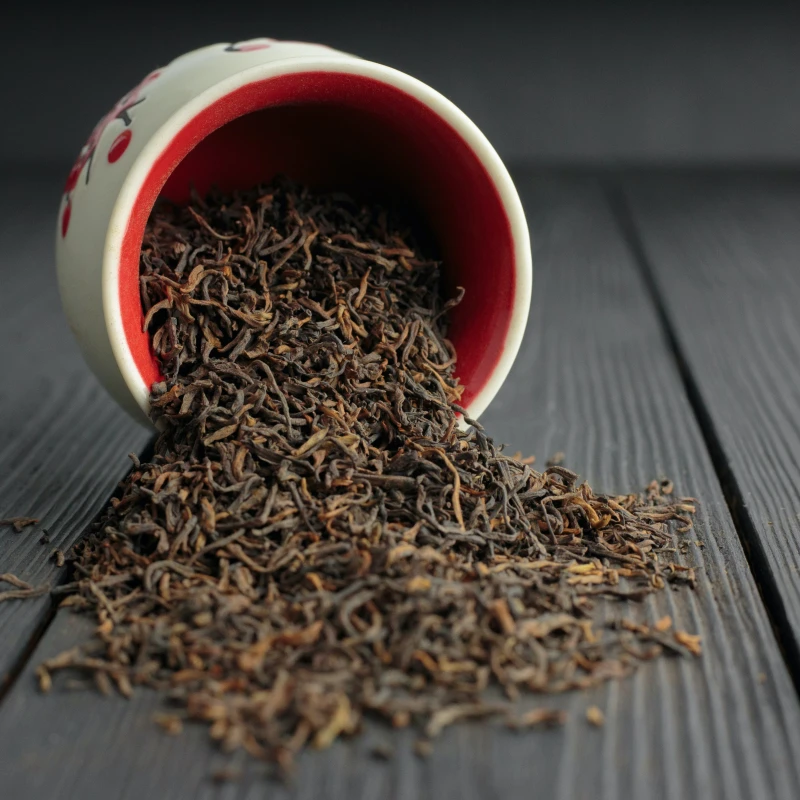
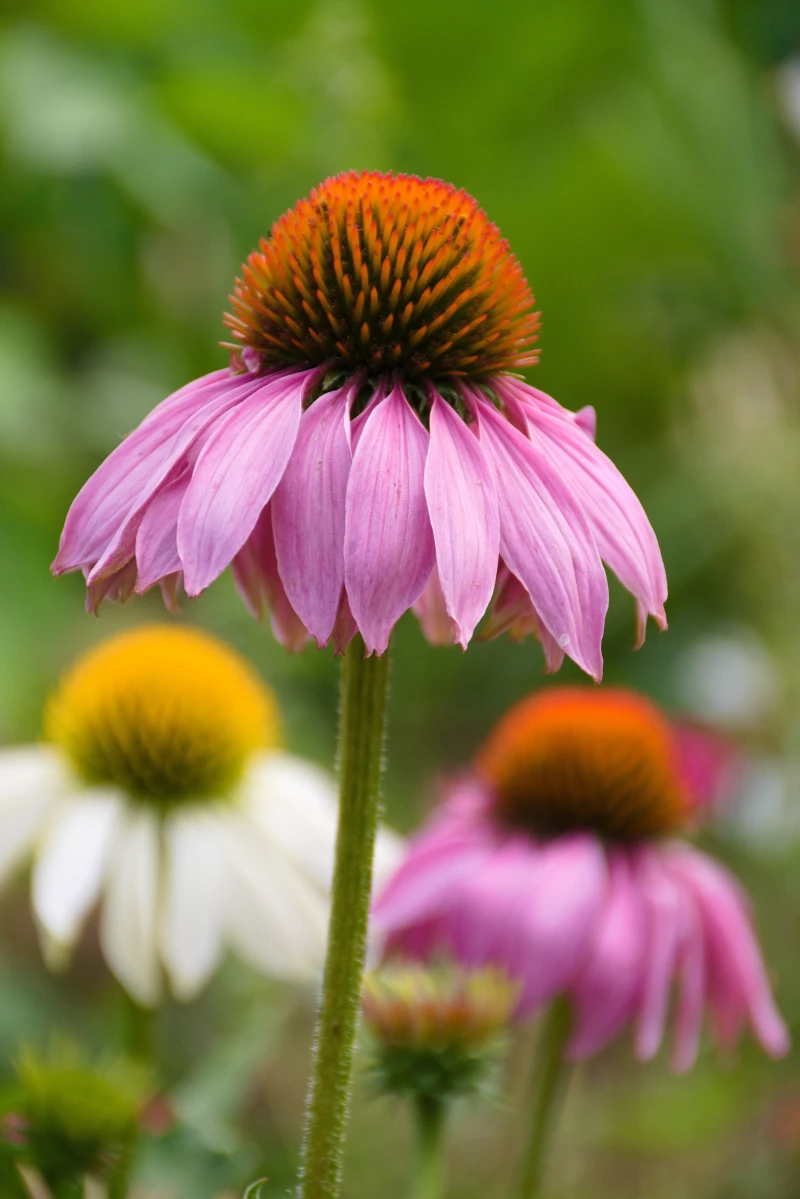
Look beyond traditional herbs and explore the world of adaptogens. These are plants and mushrooms believed to help the body adapt to stress. Brands like Four Sigmatic have made mushroom teas mainstream, blending functional mushrooms like Reishi (for calm) or Lion’s Mane (for focus) with familiar flavors like cacao and chai spices, making for a potent and surprisingly delicious wellness ritual.
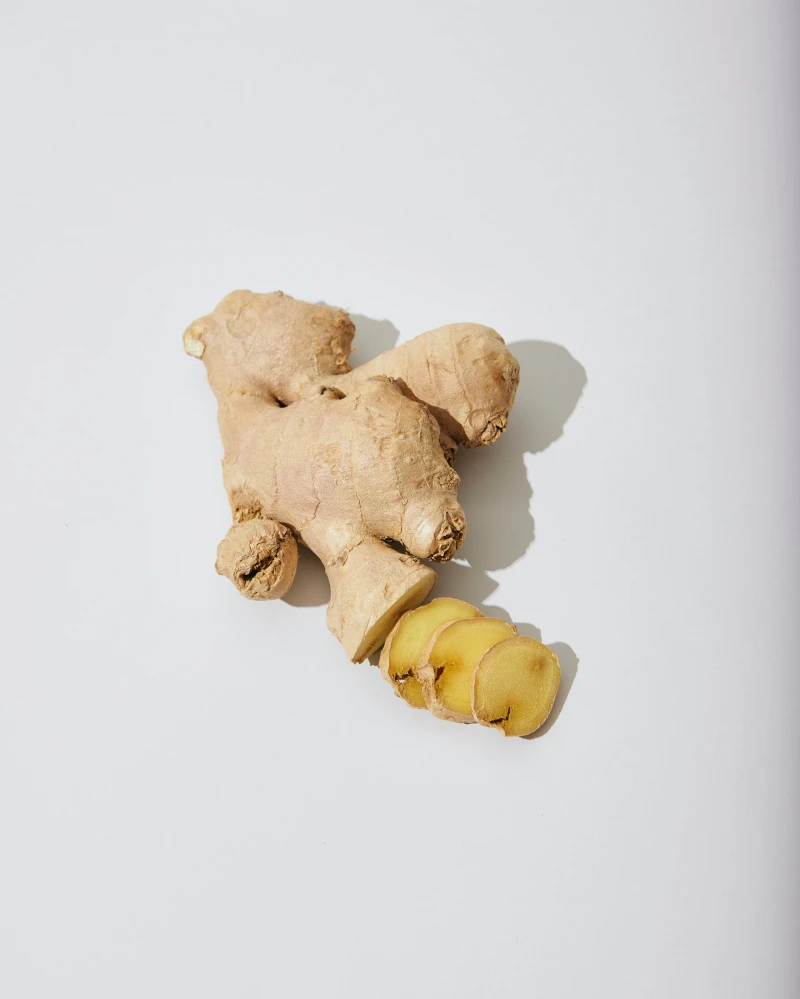
Did you know that Echinacea’s effectiveness is largely tied to its tingle? That mouth-numbing sensation is caused by alkylamides, key active compounds that stimulate the immune system. If your echinacea tea doesn’t make your tongue tingle slightly, it may not be very potent.
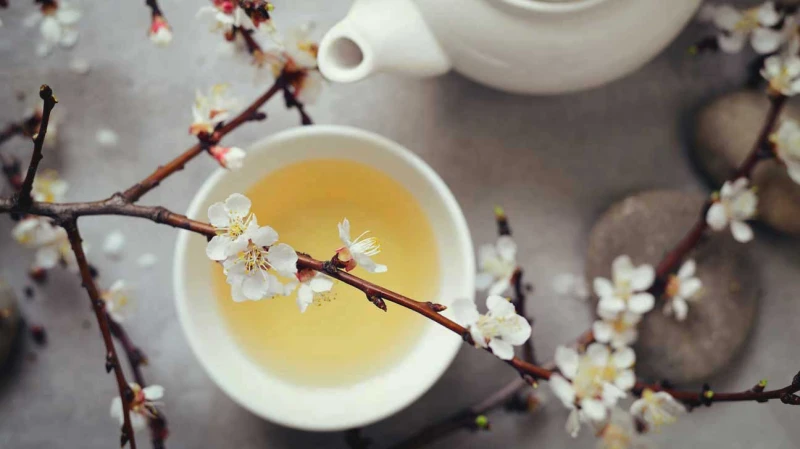
No special botanicals on hand? Your kitchen spice rack holds powerful allies. A simple decoction made from a cinnamon stick, a few whole cloves, and a star anise creates a wonderfully warming and aromatic brew. It’s fantastic for circulation and digestion, and costs next to nothing to prepare.
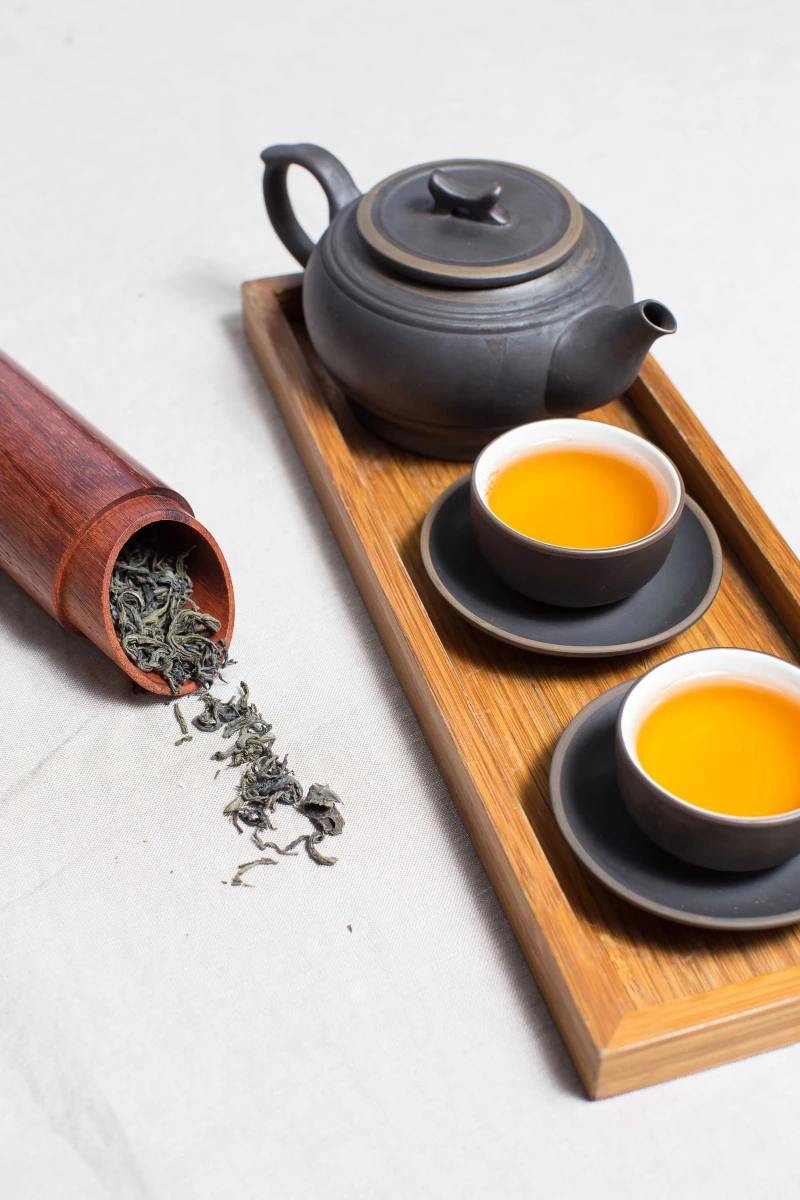
Turn your tea preparation into a true mindfulness practice. As the water heats, take a few deep breaths. When you pour the water over the herbs, listen to the sizzle and watch the steam rise. Notice how the colors infuse the water. This five-minute ritual is a powerful anchor in a busy day, a moment of quiet that is as restorative as the brew itself.
The Pre-Warm: A simple step that makes a huge difference. Before you pour your carefully prepared tea, fill your teapot and cup with hot water from the tap and let them sit for a minute. Discard the water, then pour in your tea. This prevents the cold ceramic from instantly dropping the tea’s temperature, keeping it at the perfect warmth for longer.










